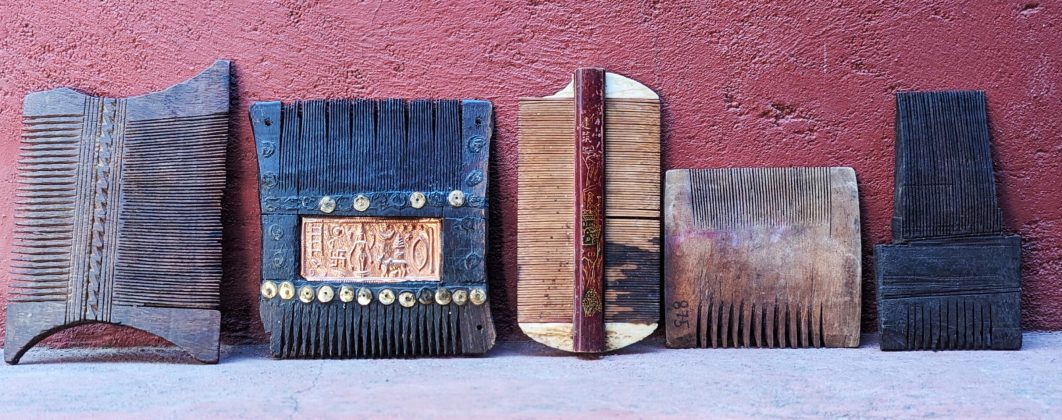
Braiding the history of combs and detanglers
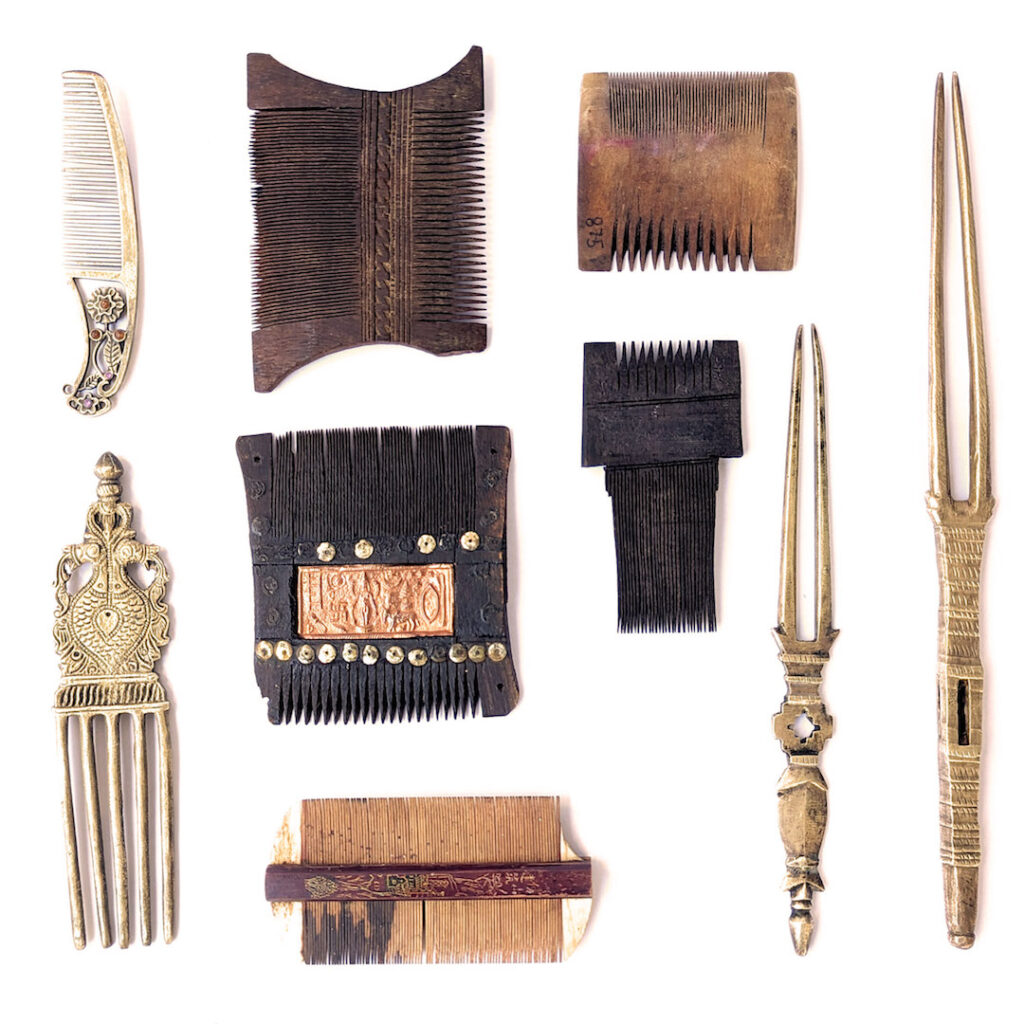
Most of our summer vacations would be in the courtyard next to the kitchen where our grandmothers would apply their homemade magical hair oil, scented and soothing. Then comes the ritual of untangling the ends, and brushing the hair that followed an interesting story from the pages of mythology or magazines! And finally, that moment when all the tiredness just vanishes from the body after a warm head bath and our hair feels alive just like we do! Aah! That magical feeling has no words! An emotion that sweeps us away into a few moments of bliss. Even though the routine continues every week or sometimes twice a week, the excitement is new and the feeling is nostalgic.
Designed to keep the hair in order, neat, and with an agreeable appearance, combs, and detanglers have played an important role in shaping beauty.
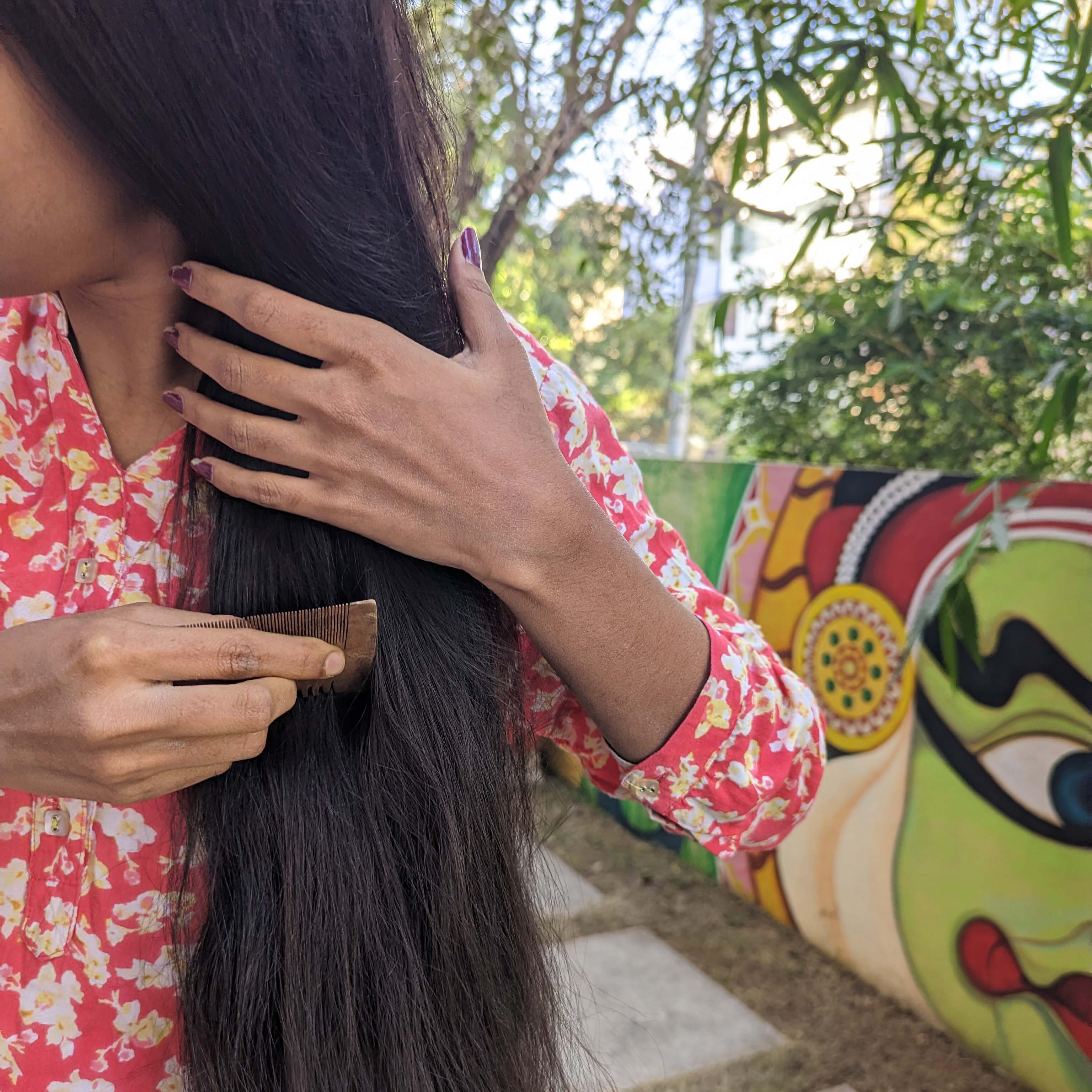
Hair has always been an innate asset for humankind since time immortal and taking care of it is the most essential duty in one’s routine. The art of untangling, combing, brushing and decorating hair dates back also long as human history can go. One of the oldest rituals for daily life, hair care derives from the most fundamental human tool of all—the hand. Early combs looked strikingly similar: built with five or ten teeth, anthropologists suggest that they were designed to resemble it.
Our poets and writers have always referred to hairstyling and hairdressing as key notions to describe one’s beauty. According to Kalidasa, the famous 5th-century poet, and writer, men have traditionally maintained longer tresses that they tied using a hair band. The women, on the other hand, had their long oiled, perfumed, braided hair decked up with flowers, pearls, and gems.
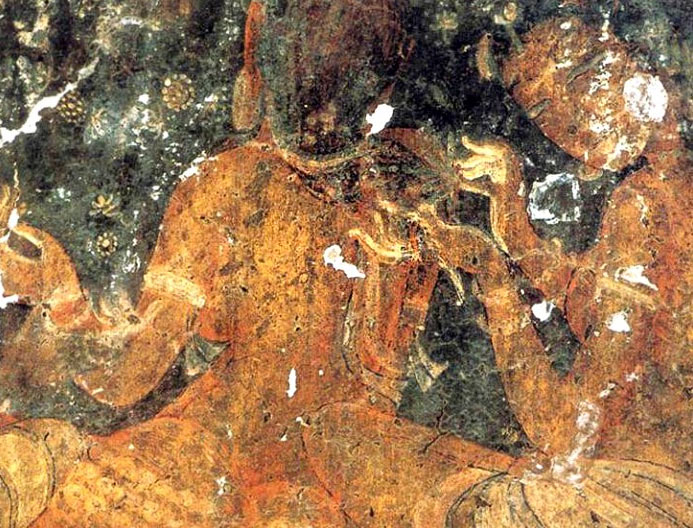
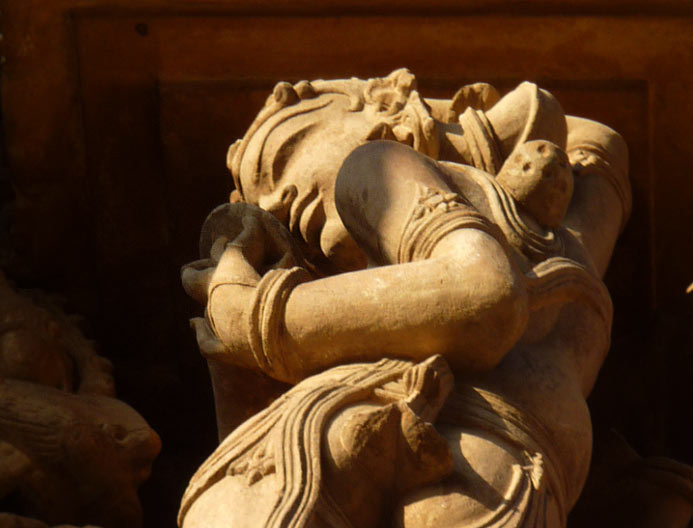
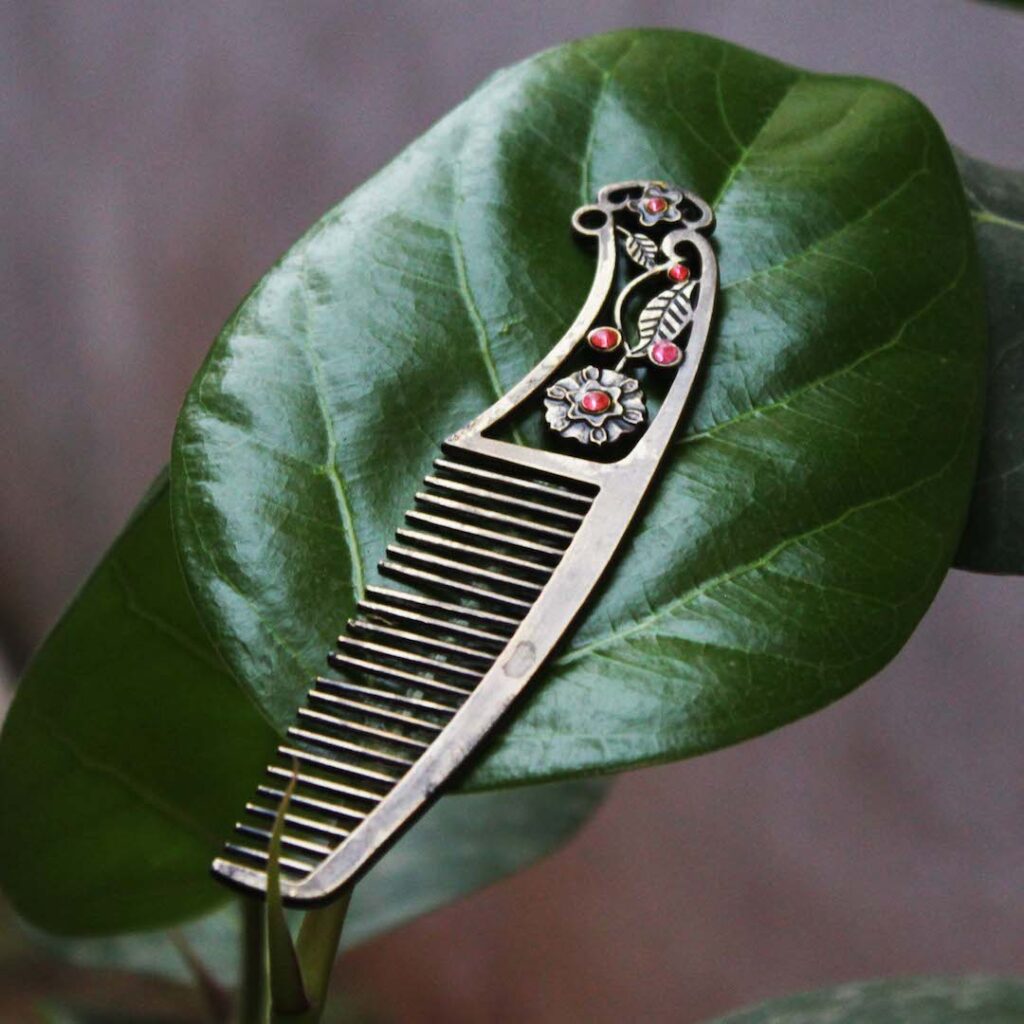
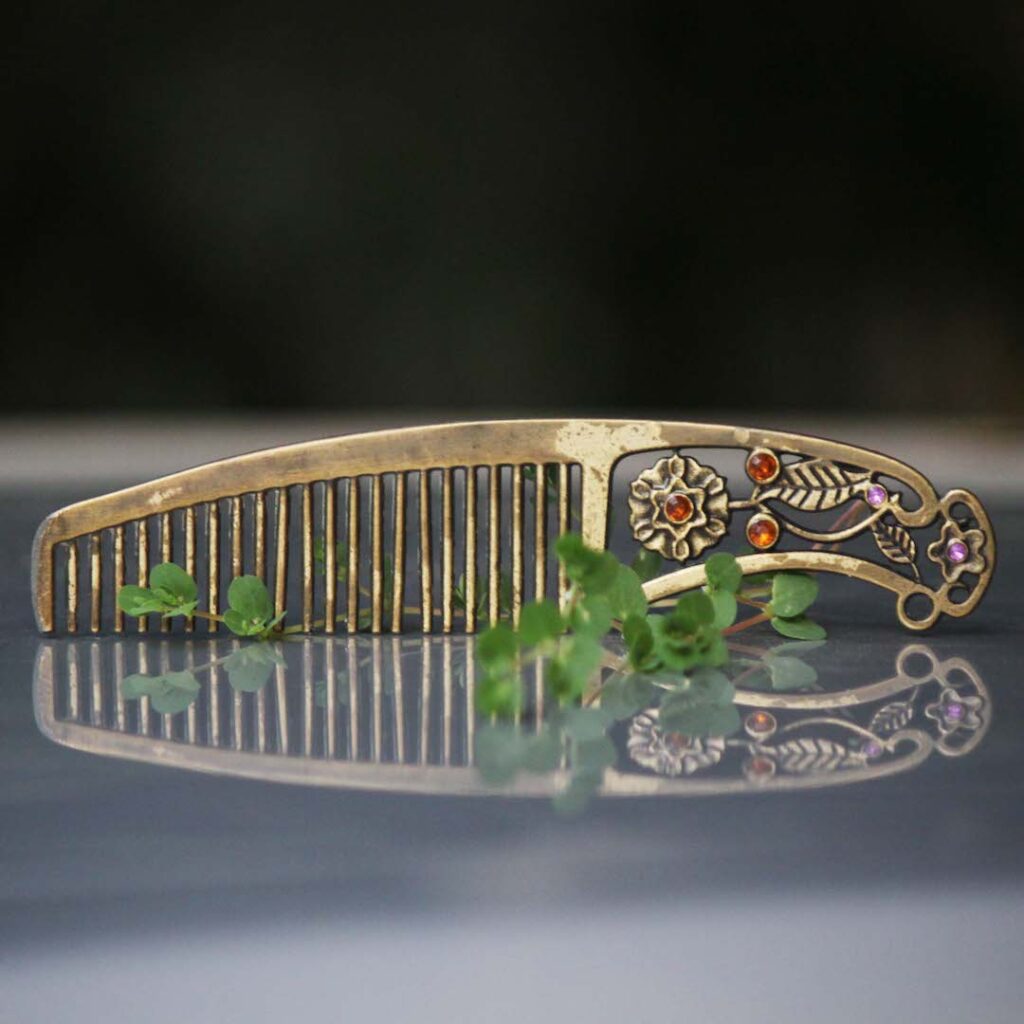
While the commonly found combs were made from tree barks, like Sheesham, babool, kadama, ker, ber, or bamboo, there are also combs made from animal bones, metal, or even gold stubbed with precious stones. Every generation decorated the comb in their way, with colorful patterns and pictures of historical figures, landscapes, animals, opera characters, and so forth. From rudimentary prehistoric combs to the amazingly elaborated designs of the Middle Ages and further centuries, they are testimonials of how people were concerned about hair styles’ appearance.
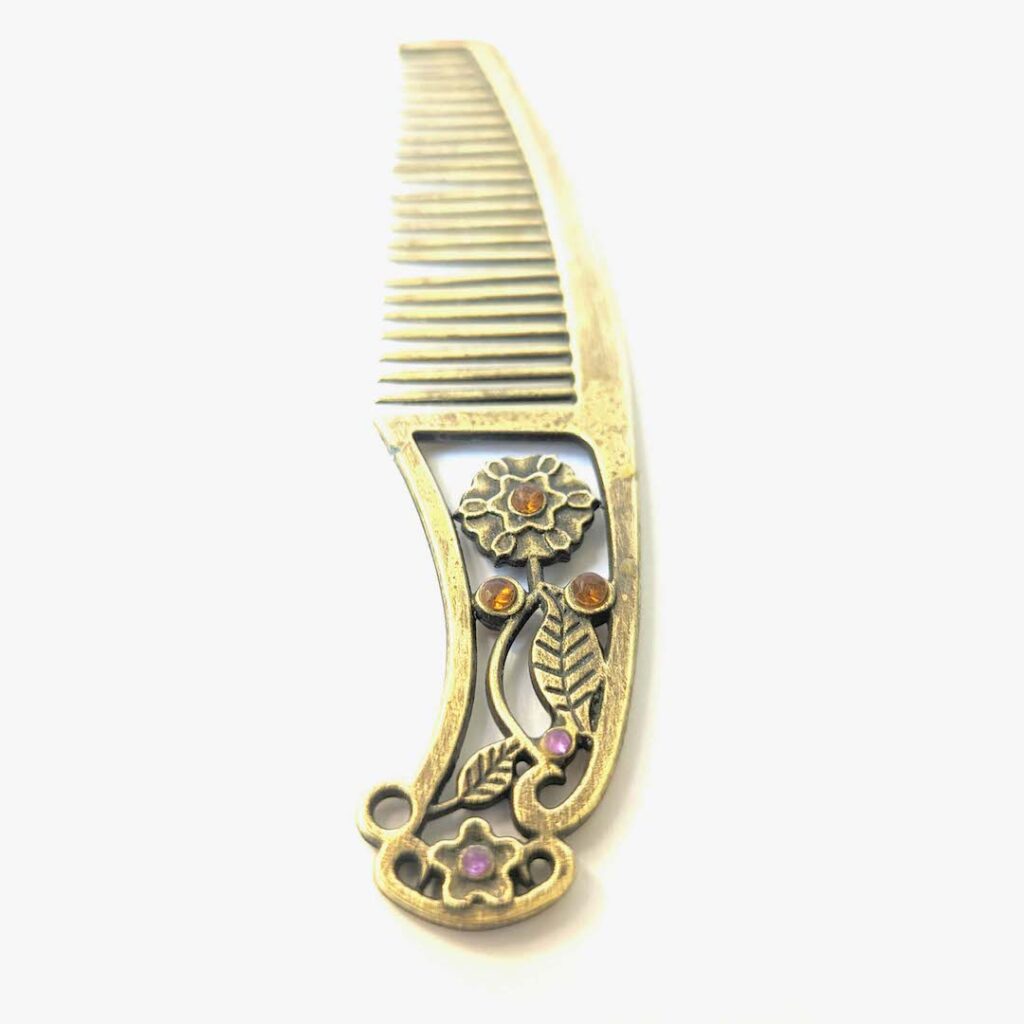
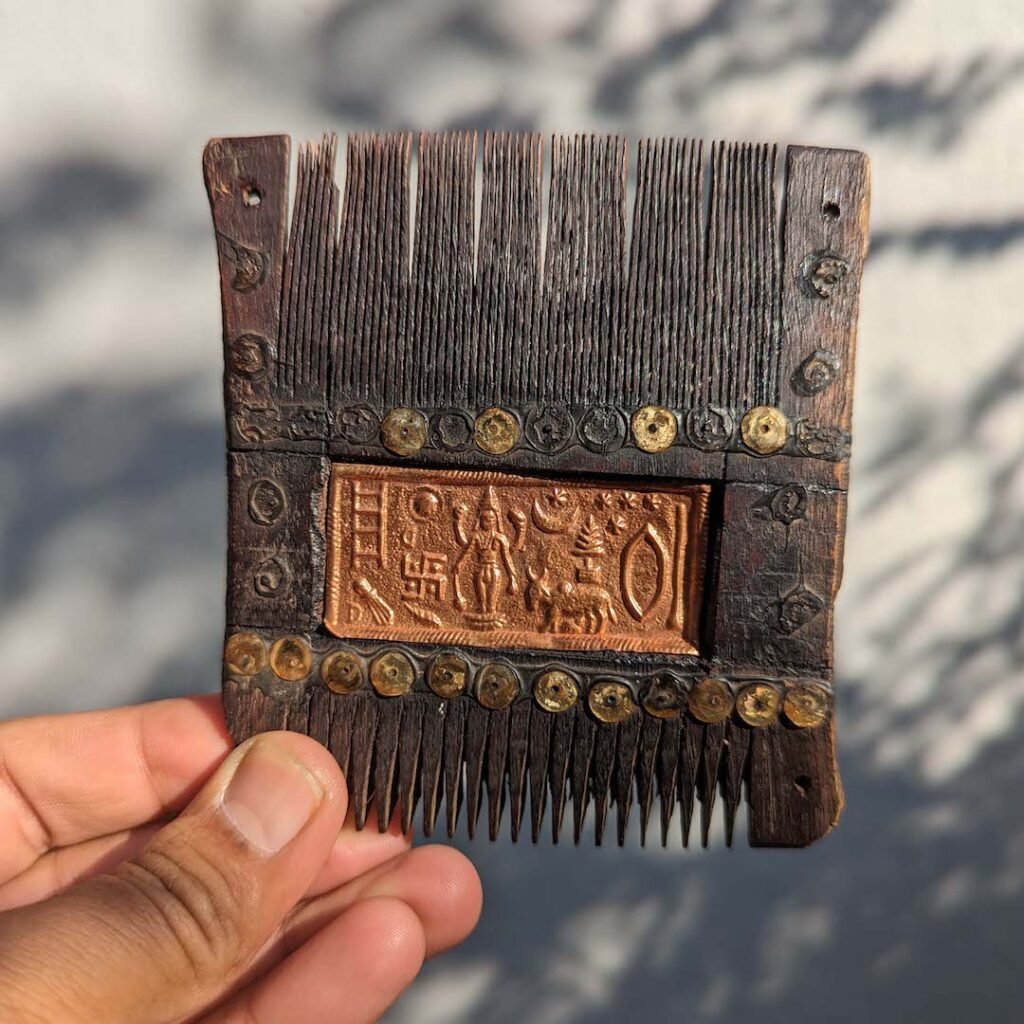
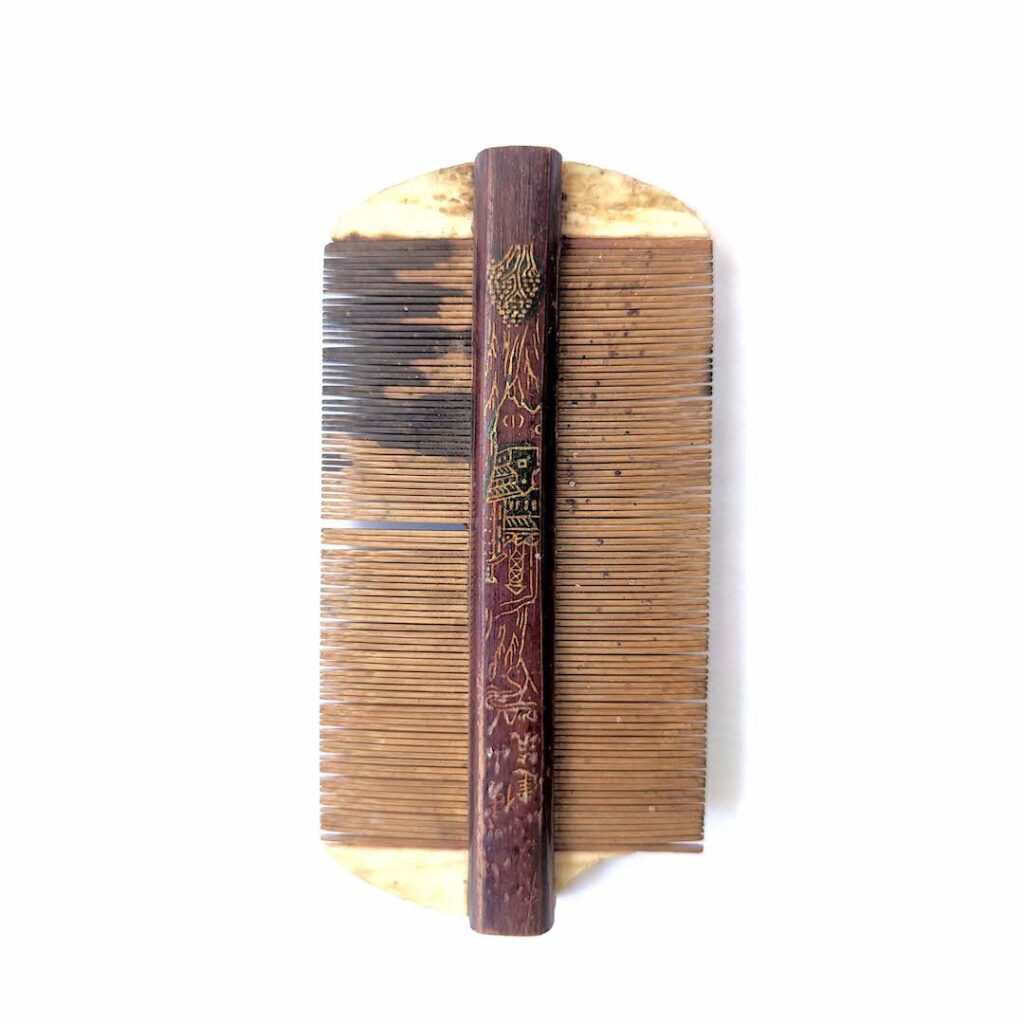
An old Chinese says, “The first comb sweeps to the end, and the second that you will stay together till your hair greys, and the third to wish the couple many children and grandchildren.”
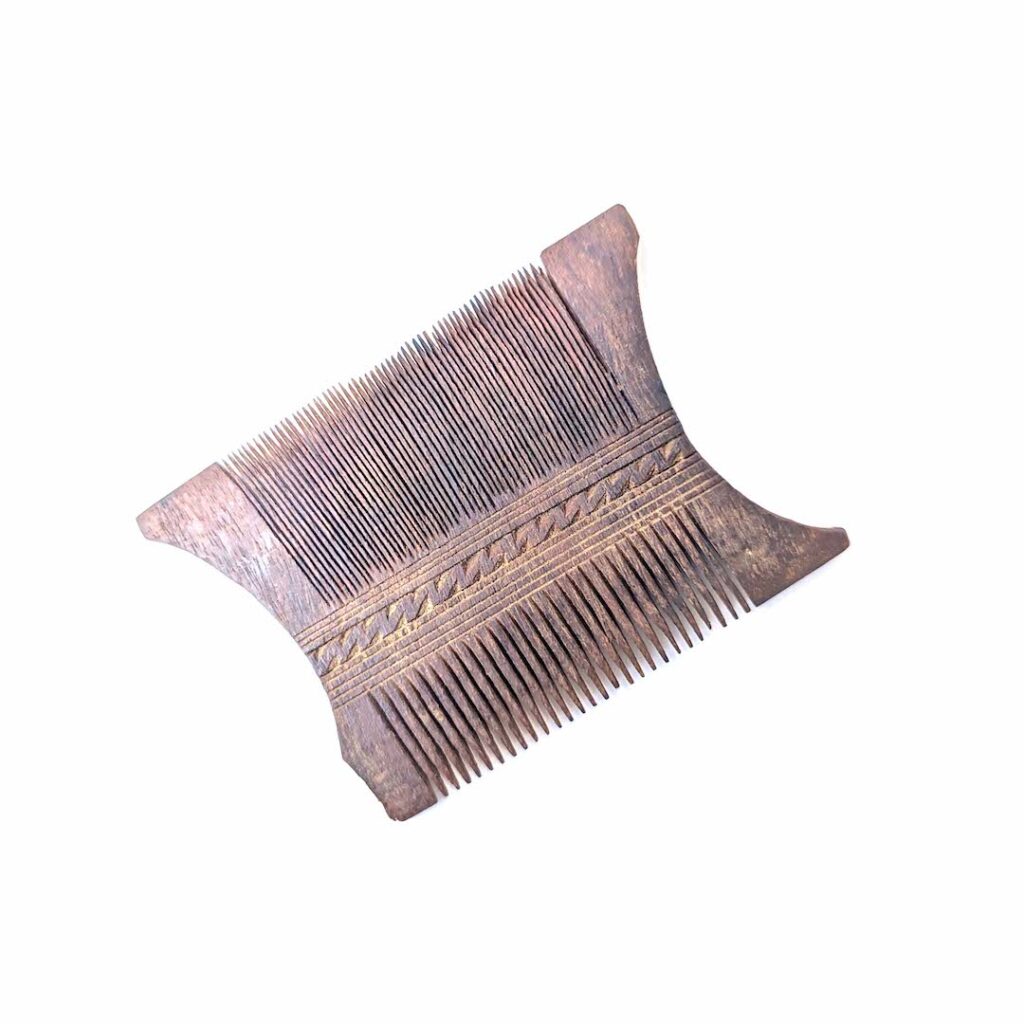

An essential part of accessorizing, hairdressing, and ornamentation holds an important place in society and depicts different cultures, beliefs, and even social statuses. Kesh Shringar (hairdressing or ornamentation) was an art and can be traced back to around 2000 BC. Our ancient texts highlight it as one of the pegs in the Solah Shringar or the 16 beautification steps in Indian tradition.
Combing the hair and untying knots by a senior member or a beloved family member is considered a token of their love and affection. Many Indian paintings and sculptures also depict hairdressing as an intimate moment between a wife and husband or an episode of warmth and devotion between a mother and daughter. There are famous depictions of Lord Krishna lovingly combing the hair of his consort, Radha. In the Muria tribes of Chhattisgarh, the boy gifts either wooden or brass combs to the girls of their choice, and the status of the girl is enhanced by the number of combs she possesses. These convey that apart from being an element in daily routine, there is something sensual, appealing, and comforting about having the hair brushed. To this day, one of the first gifts for a newborn or young bride or from a husband to a wife includes hairbrushes with silk soft bristles.
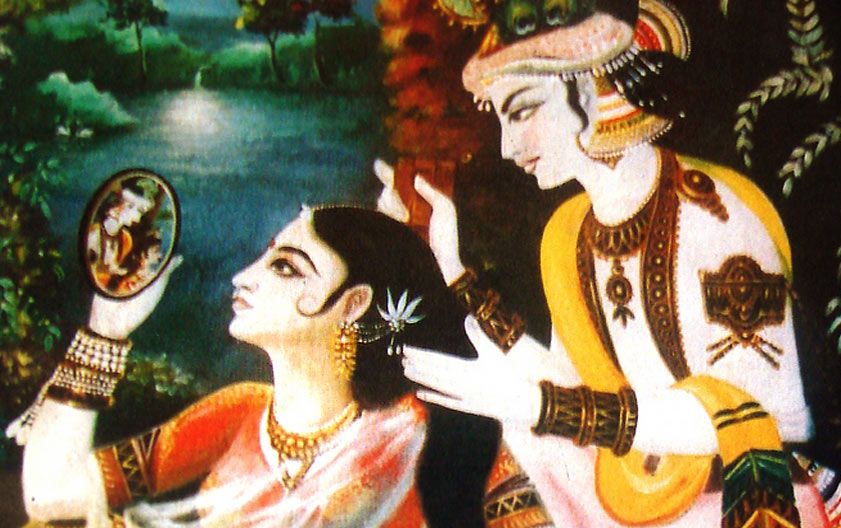
Experienced say that nature gives men a comb when they start balding. But when the comb is a wooden one, it truly is an experience in itself.
Over time, the versatility of the combs has led to their multi-faceted usage. These combs are now also used to hold some oil and massage it into the hair. The thin bristles on one side are used to comb the hair of the head and the thick bristles on the other side are used to comb the beard. This makes the wooden comb an indispensable accessory for everyday use
Grooming with a wooden comb is also believed to ease labour pains among pregnant women. The bristles are rounded just the right amount, providing a great massaging sensation while combing and keeping the head cool. The many innovative designs are expanding its usability.
Untangling knots after a fight is a peace offer or a formal notion that both parties have reached a compromise or one of them won the battle!
While a hair detangler is used to remove hair knots, it metaphorically or sometimes symbolically represents human emotions. Forked and sturdy ends moving from top to toe, combing it allows negotiation, and women throughout history have taken full advantage to voice their opinion and at times frustrations. Captured in texts, art, and music the role of a detangle is mostly a meditator or a negotiator depending on the situation and the lady’s mood.
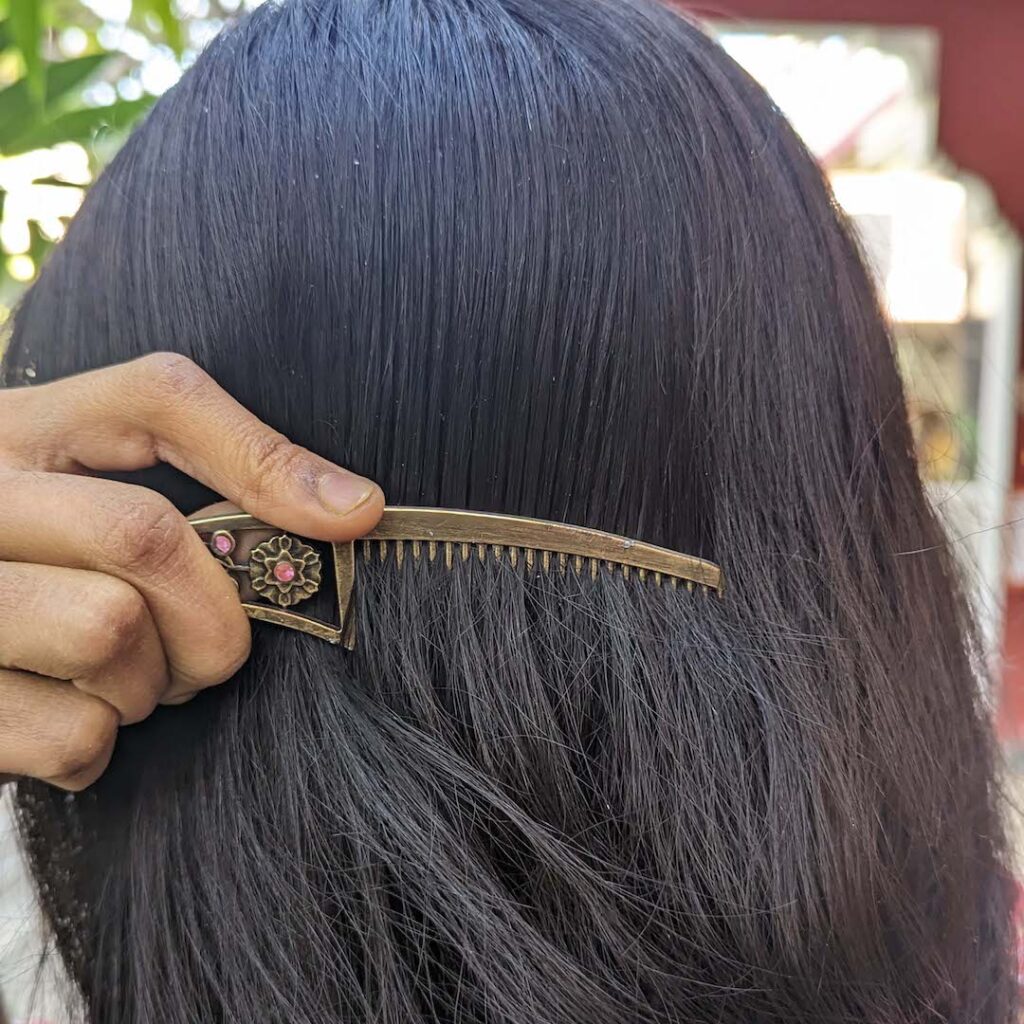
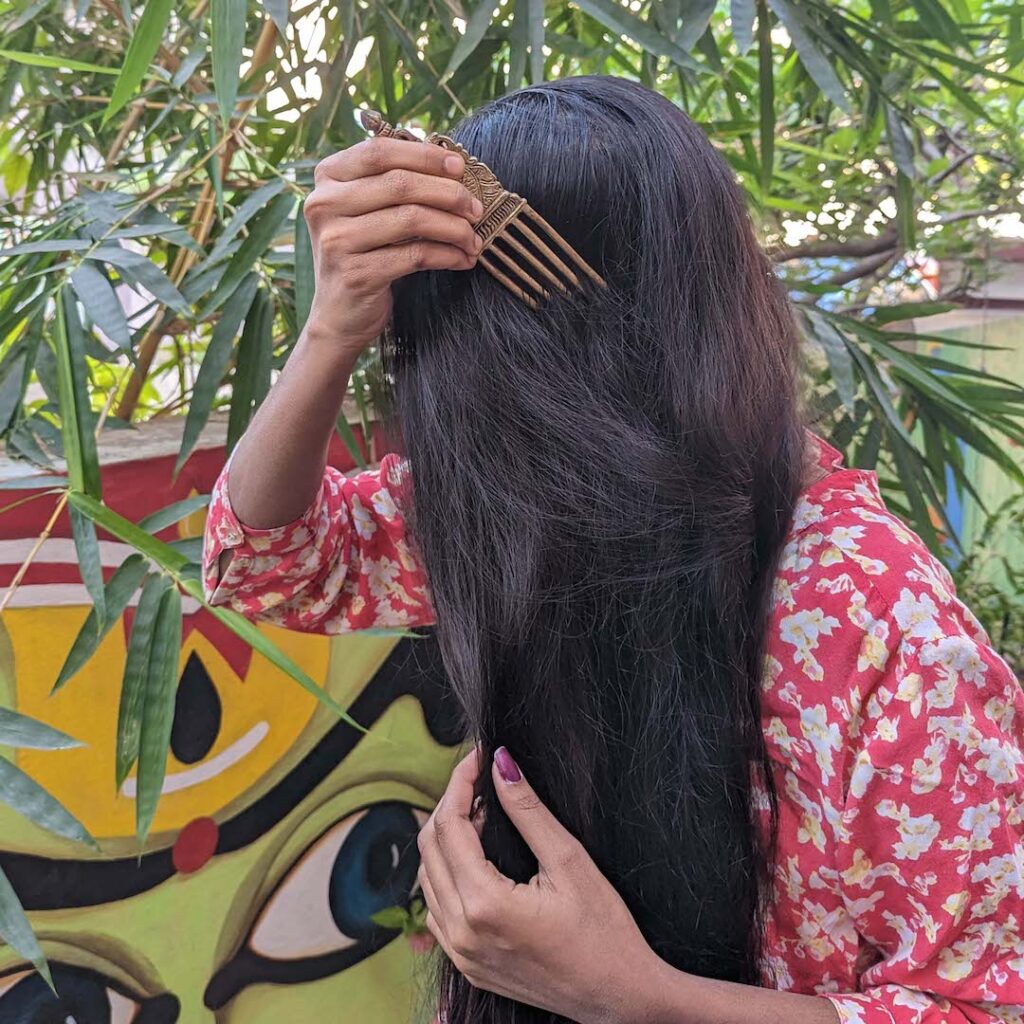
Untanglers are still used as ritual objects and are part of puja offerings to the goddesses or an important piece of ornament for the deity’s dressing. They served different functions for different hair types and styles. The Hindu pantheon has untanglers in varied designs adoring their female counterparts in Indian temples, sculptures, and traditional art.
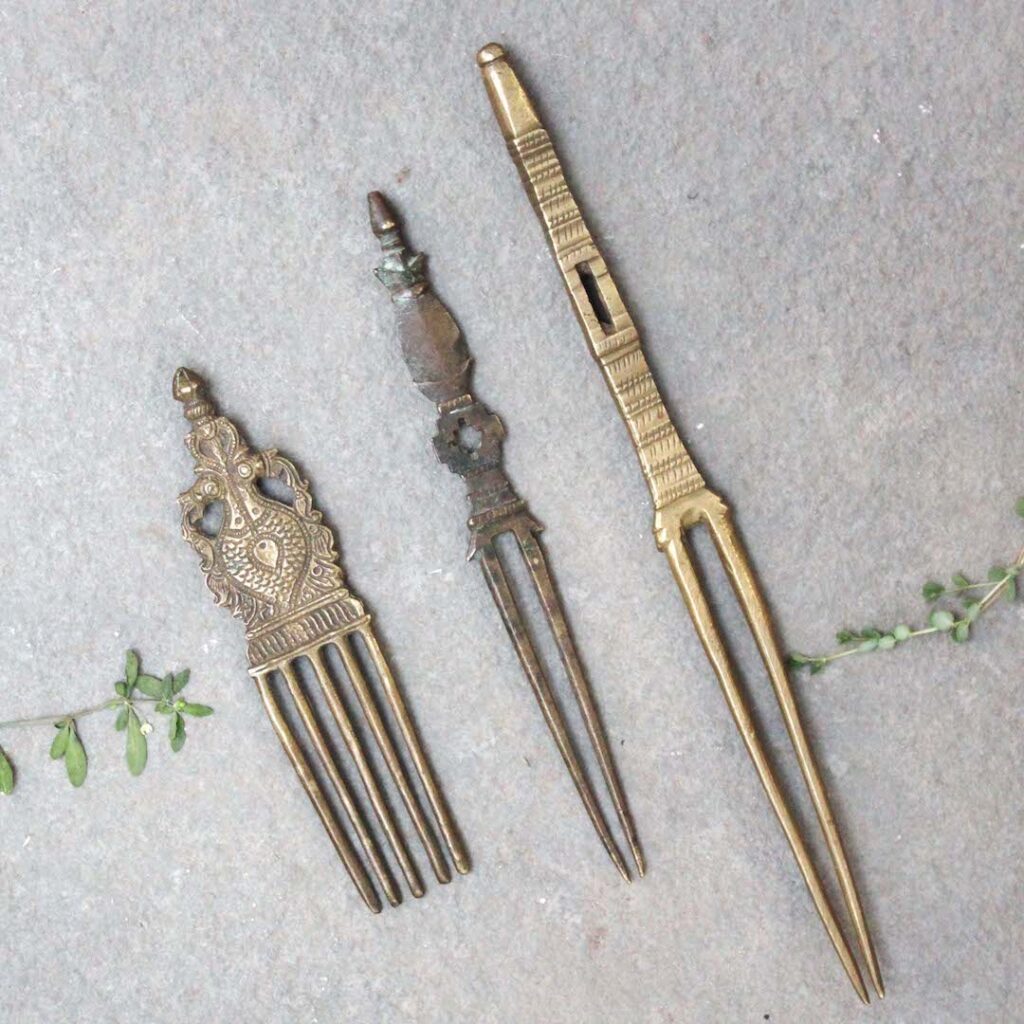
Untanglers are used not just used to remove knots but are an important offering to the deity in Hindu culture. It is believed that this piece not just keeps the hair in place but cosmic chaos as well.
Antique Untanglers and Combs adding a new dimension of style and personalization at YK Antiques Home Museum
While the world adores beauty and revolves around it, the antiques on the walls of our home museum narrate a tale of their own. Beautifully carved in metal with elaborately detailed gems and stones, these untanglers and combs are testimonies of a forgotten craft, Kangsi. A tradition of comb-making that faded away slowly with the invention of plastic combs and untanglers.
The home museum thrives to preserve these antiques that talk about a time when these simple and elegant antiques were part of a women’s jewelry kit and sitting at the top of her witnessed the changes times of trends and styles. The collection displays the transcendence of combs and untanglers from common objects into ambassadors of vanity talking about hair and accessorizing it as something sensual, appealing, and comforting.
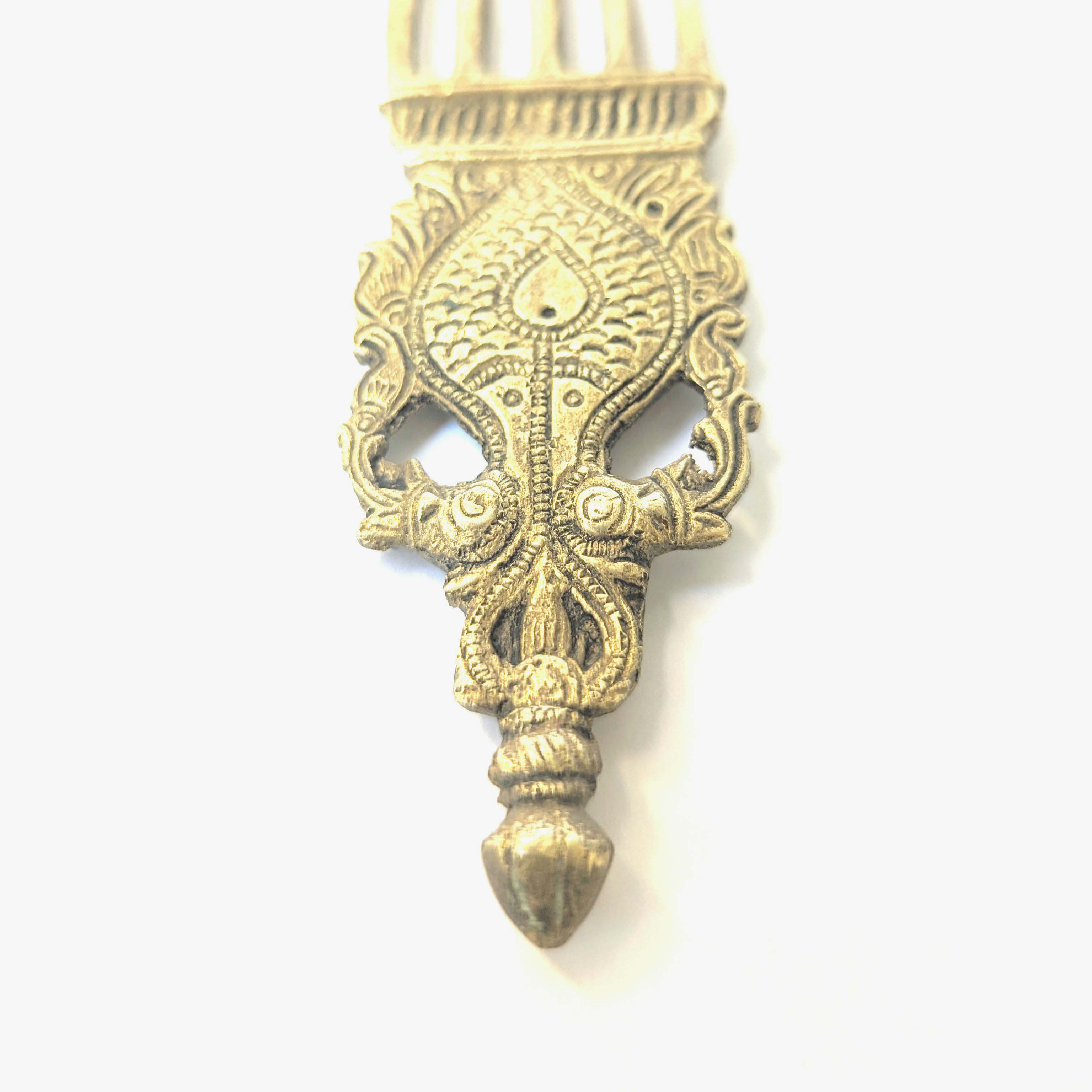
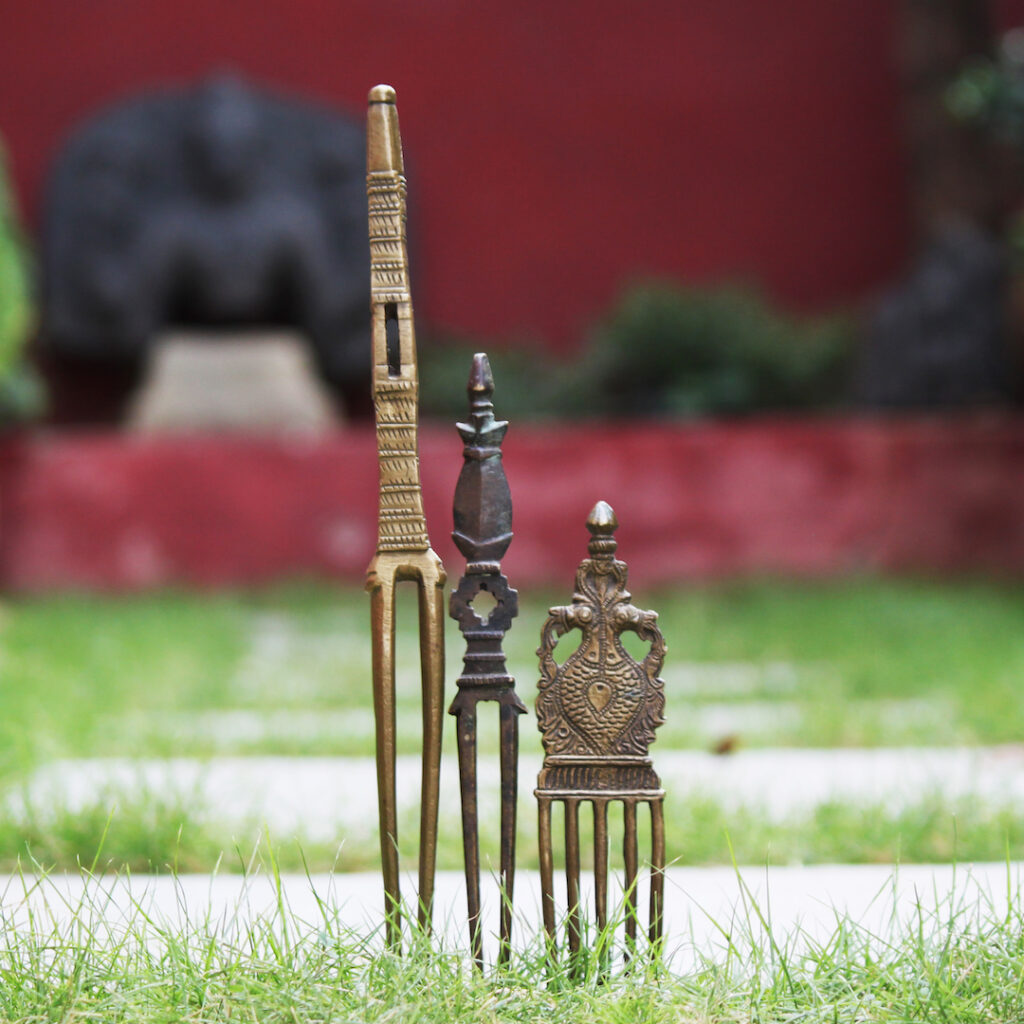
Alluring in brass or copper with a tint of gold and stubbed gems, these hair accessories shine in elegance, talking about a time when they were sitting at a pinnacle of ongoing style and fashion. With intricate carvings and immersed details, they highlight the expert craftsmanship of its time and the efforts comb making.
Don’t hide that beauty, let your strands and curls breathe! …
Messy bun, the new statement for the day! …
Invest in your hair, invest in your day!
Rapunzel dear, let your hair down! …
I have magical hair that glows!
(Snippets from hair care endorsements and the Disney movie Tangled)
References:

Copyright © 2021 YK Antiques Home Museum
6 Responses
Good
Thank you.
Informative and detailed article about a common cosmetic item called comb . Well done
Thank you.
Great read! Would love to visit the place some day
Thanks for the comment. You can visit the place by contact the below number and booking a proper appointment. +91 99638 22339